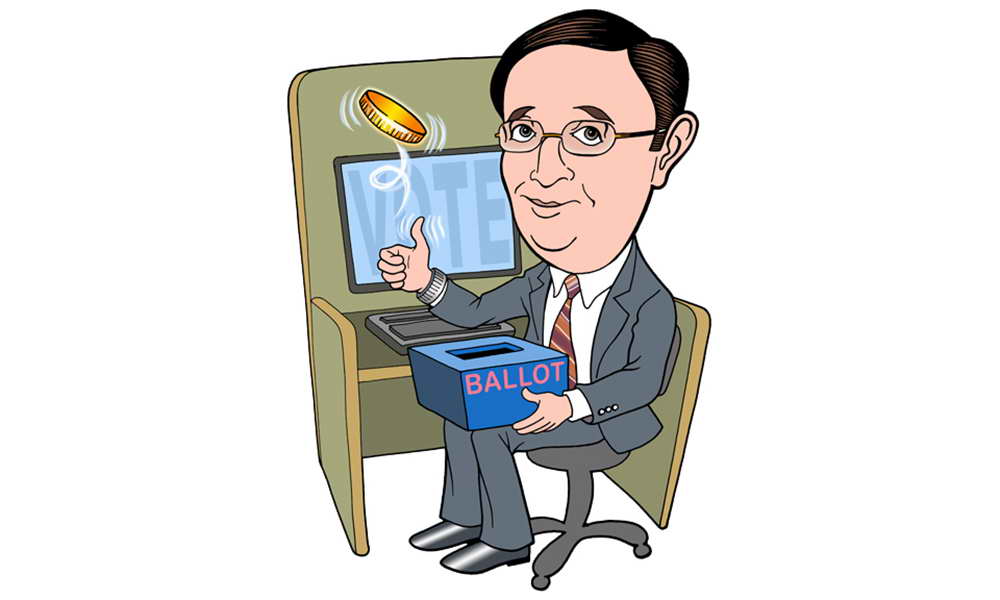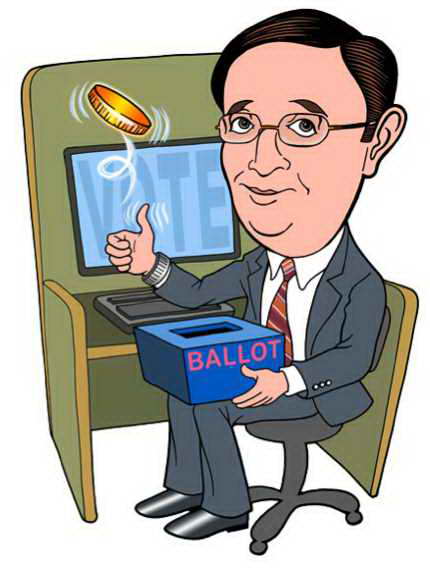By Dr. Lee M. Miringoff
Dear Pollsters, Pols, and Press,
As you head to New Hampshire, I thought I’d save you time by providing a little pre-caucus, post-caucus pollster spin.
Case #1: Why our Iowa polls were actually very, very accurate really.
1. We interviewed over 3,000 people to eventually distill the number down to a reasonable sample of likely Iowa caucus-goers. The model of likely participants turned out so well we plan to issue a patent. On second thought, we will maintain our policy of transparency and disclosure. I’m also wondering if the combined number of likely participants identified by all of the Iowa pre-caucus polls exceeded the actual number of caucus-goers.
2. Although it is expensive and time-consuming, we interviewed a large number of cell phone only households. Not calling cell phones is another element of risk in what is already a very difficult polling environment. Is it true that every Ron Paul supporter only owns a cell phone?
3. Quality interviewers and repeated callbacks are best practices. Iowans are getting bombarded by robo-calls. Many would simply prefer to celebrate the holidays without having to answer our or anyone else’s survey.
4. The golden rule in presidential caucus/primary polling is “knowledge rules.” As the campaign goes from state to state, who can vote varies. In Iowa, independents and Democrats may declare their GOP partisan intentions and participate. Not so, everywhere.
5. Disclosure, Disclosure, Disclosure. Everyone can see how our poll was conducted. Visit Maristpoll.marist.edu
Unfortunately, despite doing all of the above and a lot more methodological gymnastics to measure Iowa GOPers intentions…
Case #2: Why our Iowa polls were ever so slightly a tiny bit off
1. We can’t help it if the candidates and campaigns continued to seek voter support for five days after we finished our interviews. (This is a slightly resentful restatement of the “snapshot theory,” namely that a poll is accurate only at the time it is taken.)
2. Those who told us they “might vote differently” in our final poll clearly did. (Again, this is a slightly hostile restatement of the “intensity theory,” namely, that a poll needs to consider the intensity of voter support for a candidate.) If you’re not firmly committed, then, you might reconsider your preference or decide not to caucus. And, there is, after all, the Sugar Bowl on caucus night that might prove to be an attractive alternative for college football fans.
3. Undecided voters must have mostly opted for the eventual winner. This is a traditionally useful ruse for pollster spinners. The undecided, decided!
4. There is strength in numbers (not a pollster pun), and misery definitely loves company. The polls have mostly been reporting similar findings throughout the Iowa campaign. In fact, during the final week, the polls conducted by NBC News/Marist, CNN/Time, and the Des Moines Register were all on the same page. (We all did separate interviews, honest.)
5. A word of caution before jumping onto the why the polls were wrong bandwagon. In a contest where the top tier was barely distinguishable from the second tier, small changes in voter preferences could upset the applecart. A lot of emphasis on the order of finish, for example, was based on “differences” that fell well within a poll’s margin of error.
A couple of closing thoughts as you land in Manchester. Given that the final pre-caucus polls were alike, there was a needless poll-liferation of surveys in Iowa, or so the argument goes. But, methods used by different polling organizations do vary even if their results sometimes do not. Good polls contribute to the narrative of the campaign and the Iowa polls did just that, chronicling a memorable roller coaster ride with as many as five different candidates occupying the lead car at one point.
It has often been said that predictions are difficult especially about the future. (By the way, this is often mistakenly attributed to Casey Stengel or Yogi Berra when, in fact, the Danish physicist Niels Borh is its earlier author, and you can look it up!) So, there’s no need for my fellow psephologists (look that one up, too) to wipe away any tears. There’s no crying in polling, either. We perform admirably and often exceed what meteorologists and seismologists do! If the methods are fully disclosed, then the public and the media are “let in on the secret” of what the private campaign pollsters are using to shape their campaign strategies. In that way, public polls contribute to an informed electorate.
Safe Travels,
Lee M. Miringoff, director of the Marist Poll or,
Lee M. Mirin-goof, depending upon how things went


